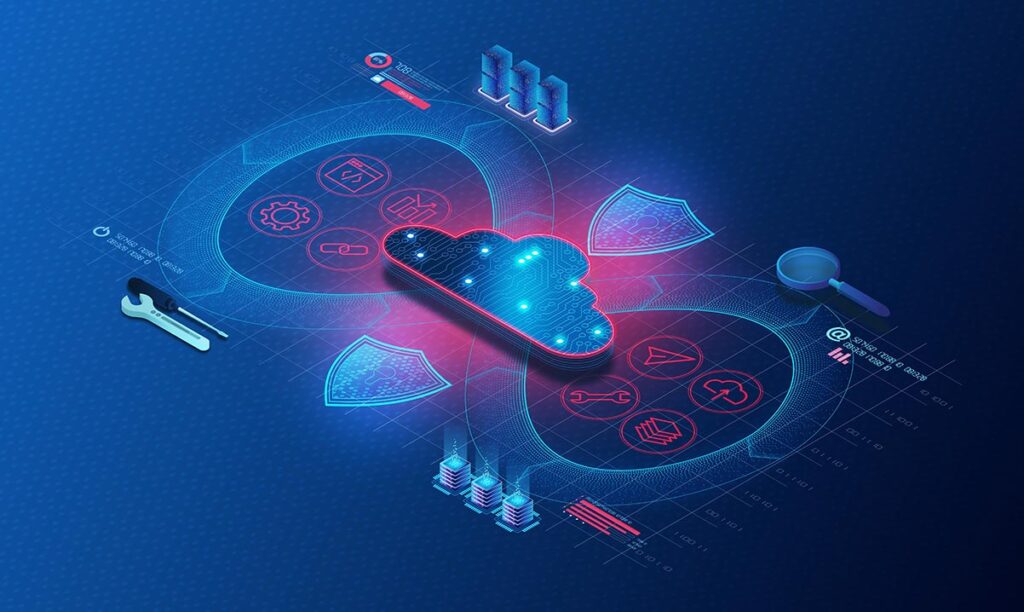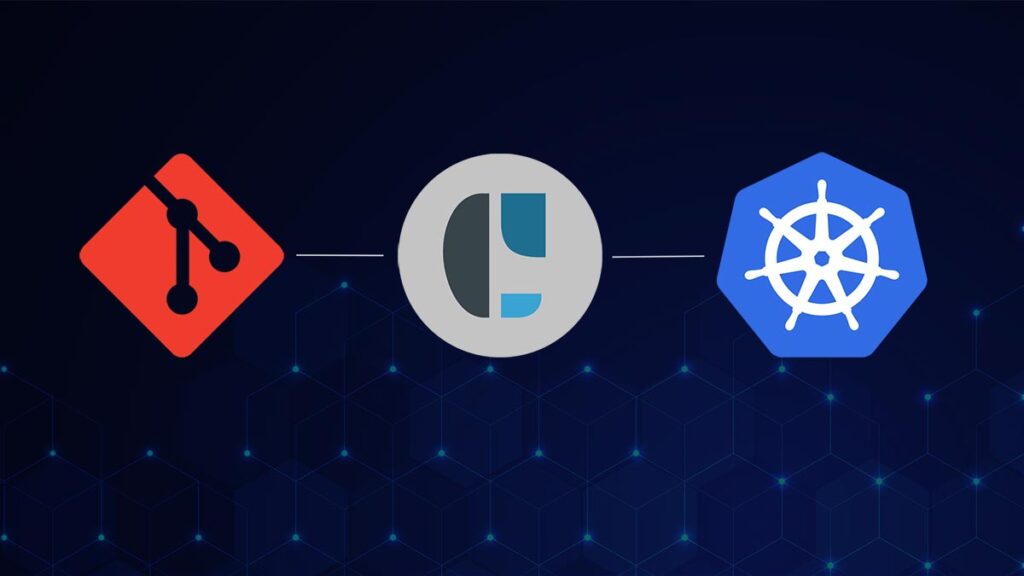Introduction
Healthcare, financial services, and aviation organizations lose millions each year due to deployment-related compliance violations and security breaches. Many companies now adopt rapid software delivery through continuous deployment and DevOps practices. However, teams operating in highly regulated industries face unique challenges balancing rapid execution with strict regulatory requirements.
Implementing continuous deployment while staying compliant requires careful attention to security controls, audit trails, and validation processes. Healthcare organizations must adhere to HIPAA guidelines, financial institutions comply with SOX and PCI-DSS, and aerospace companies follow DO-178C standards.
This guide explores strategies to implement continuous deployment within regulatory constraints. It provides insights into compliance frameworks, secure deployment pipelines, safer deployment patterns, and risk management approaches. Development team leads and engineering managers will gain practical methods to accelerate software delivery while maintaining regulatory compliance.

Understanding Regulatory Requirements
To effectively implement DevOps and CI/CD practices in regulated industries, IT teams must thoroughly understand compliance frameworks and how to apply them to meet regulatory requirements. Below, we outline key elements enabling compliant continuous deployment practices.
Common Compliance Frameworks
Organizations in regulated industries must follow compliance frameworks specific to their sector and data handling processes. Key frameworks include:1,2
- HIPAA: Mandatory for healthcare providers handling patient health information
- PCI DSS: Required for organizations processing credit card data
- SOX: Essential for public companies managing financial reporting
- FedRAMP: Necessary for cloud services used by federal agencies
- GDPR: Critical for organizations handling data of EU citizens
- CIS Benchmarks: Globally recognized best practices for securing systems, applications, and networks, helping organizations harden servers, secure cloud workloads, and streamline compliance.
Security Control Requirements
Meeting strict regulatory standards requires robust security controls. Organizations must secure all CI/CD process components through measures such as:
- Role-based authentication with strict access controls
- Proper credential management and hygiene
- Secure system configurations
- Security validation for third-party services
- Implementation of infrastructure as code for consistent and auditable deployments
Audit Trail Necessities
Detailed audit trails are essential for regulatory compliance and security. For example, HIPAA mandates healthcare organizations to maintain secure audit logs for at least six years, while SOX requires public companies to retain audit logs for a minimum of seven years.
Audit trails should capture every action in the environment, documenting commits, peer reviews, and the individuals involved in each deployment step. This comprehensive logging ensures traceability and supports security and audit teams during compliance reviews.
Observability
Observability is vital for ensuring compliance and maintaining system reliability in regulated industries. Collecting and analyzing telemetry data—such as logs, metrics, and traces—provides real-time insights into system performance and facilitates the early detection of potential issues.
Key components include:
- Centralized Logging: Aggregates logs in a secure, searchable location for faster investigations and compliance reporting.
- Metrics Monitoring: Tracks system health and performance to identify potential risks.
- Distributed Tracing: Maps request flows across distributed systems to pinpoint bottlenecks and maintain transparency.
To align with compliance requirements, observability tools must securely store data, support detailed audit reporting, and implement access controls. Integrating observability with CI/CD pipelines ensures continuous monitoring, proactive issue resolution, and adherence to regulatory standards.
Building Compliant Deployment Pipelines
Building secure and compliant deployment pipelines needs a systematic way to automate and confirm changes. Adding automated security checks throughout the CI/CD pipeline helps catch vulnerabilities early and ensure compliance with regulatory standards.
Automated Testing and Validation
Focus on continuous checks to confirm compliance at each stage. Consider implementing detailed testing that covers static application security testing (SAST) and dynamic application security testing (DAST) for all development languages3.
Static Application Security Testing (SAST) is a proactive security method that examines source code, bytecode, or binaries to detect vulnerabilities at the early stages of development. SAST detects issues such as insecure coding practices, buffer overflows, and SQL injection risks by analyzing static code prior to deployment. Integrating SAST into CI/CD pipelines ensures continuous scanning during the build process, allowing developers to address vulnerabilities before they reach production. SAST tools integrate seamlessly with IDEs and workflows, providing actionable feedback without disrupting development. This proactive approach reduces security risks, strengthens compliance efforts, and aligns with standards such as NIST SP 800-204D for secure software development.
Dynamic Application Security Testing (DAST) is an essential method for uncovering vulnerabilities in active applications by mimicking real-world attack scenarios. Unlike SAST, which examines static code, DAST operates at runtime to uncover issues such as authentication flaws, SQL injection, and cross-site scripting. By integrating DAST into CI/CD pipelines, organizations can proactively identify vulnerabilities during the build process, ensuring compliance with regulatory frameworks. Automated DAST tools help streamline testing by integrating with existing workflows, providing actionable insights, and minimizing delays. This approach enhances overall security, reduces the risk of deployment failures, and supports compliance with guidelines like NIST SP 800-204D.
Security Scanning Integration
Use multiple security scanning tools to create resilient defense mechanisms:
- Static Code Analysis: Catches vulnerabilities early
- Container Scanning: Checks container configurations and dependencies
- Dependency Analysis: Reviews software composition (SCA) to evaluate external components3
Design your security scanning to align with NIST SP 800-204D guidelines, which provide a detailed framework for enhancing CI/CD pipeline security.
Documentation Automation
Documentation automation is vital to maintain compliance in heavily regulated industries. Best practices include automatically creating and updating:
- Detailed audit trails of pipeline activities
- Software Bill of Materials (SBOM) for every build
- Validation proof and compliance reports
Automated documentation reduces the manual workload typically associated with validation processes, streamlining compliance reporting and preparation for audits.
These automated processes maintain ongoing compliance while minimizing manual effort and the risk of human error.
Implementing Deployment Patterns
Certain deployment patterns reduce risk by a lot while you retain control of compliance. Here are three proven patterns that help achieve both speed and security.
Blue-Green Deployments
Blue-green deployments use two similar production environments to ensure zero-downtime releases and compliance. This approach allows testing new versions in a production-like environment before switching traffic, enabling instant rollback if issues arise.
Canary Releases
Canary deployments roll out changes incrementally to a small user group before a broader release. Starting with a small subset and increasing exposure based on performance metrics helps detect compliance issues early, limiting impact to controlled user groups.
Feature Toggles
Feature toggles manage feature releases while maintaining compliance by allowing:
- Enabling/disabling features without code deployment
- Controlling feature access for specific user groups
- Rolling out features in phases
- Keeping detailed audit trails of feature changes
Feature toggles are critical in regulated environments, as they provide complete audit logs of all changes, reducing deployment risk while maintaining the agility needed for continuous deployment.
Risk Management Strategies
Risk management is essential for successful continuous deployment in highly regulated industries. Taking a proactive stance on risk assessment and mitigation reduces the chances of expensive deployment failures.
Deployment Risk Assessment
A thorough risk assessment is critical before any deployment. Key areas of focus include:
- System compatibility checks
- Performance impact analysis
- Security vulnerability scanning
- Compliance requirement validation
- Evaluation of artificial intelligence and machine learning components, if applicable
Rollback Procedures
Reliable rollback procedures are a crucial aspect of a continuous deployment system, providing a safety net for developers deploying code to production. Organizations without well-defined rollback plans often experience prolonged outages, compromised security, and significant financial losses. A robust rollback strategy should include:
- Step-by-step instructions for rolling back changes
- Clear team member responsibilities
- Documentation of all actions taken during rollbacks
Documenting rollback procedures ensures compliance, creates detailed records for audits, and improves future processes.
Incident Response Planning
An incident response plan combining preventive and reactive measures is critical. Cross-functional teams involving IT, security, legal, and communications stakeholders should:
- Conduct regular drills to identify gaps
- Define roles and responsibilities clearly
- Align response protocols with regulatory requirements
Proactive training enhances readiness, enabling faster and more effective incident handling while minimizing disruptions and maintaining compliance. This collaborative approach is key to successful DevOps implementation in regulated industries.
Conclusion
Organizations in regulated industries must balance speed and compliance to implement continuous deployment successfully. Industry practices demonstrate that this balance is achievable through systematic approaches to security, automation, and risk management.
Automated testing and validation can reduce validation time by 60-70% without compromising compliance standards. Deployment patterns such as blue-green deployments, canary releases, and feature toggles provide secure paths to production while meeting regulatory requirements
Key Takeaways:
- Comprehensive security controls and audit trails are foundational to compliant deployments.
- Automated documentation and testing reduce manual effort and human error significantly.
- Risk management strategies, including reliable rollback procedures, protect against costly failures.
- Cross-functional incident response teams strengthen deployment security.
Continuous deployment in regulated industries is an ongoing process of improvement and adaptation. Start small, focus on automation, and expand deployment capabilities incrementally while adhering to stringent compliance standards.

CAEPE Continuous Deployment
Manage workloads on Kubernetes anywhere robustly and securely.
- Shores up security by simplifying deployment anywhere, supporting managed services, native Kubernetes, self-hosted, edge and secure airgapped deployment targets.
- Supports GitOps and provides guided, UI-driven workflows for all major progressive delivery strategies.
- Has RBAC built-in, providing inherent enterprise access control for who can deploy.
- Supports extended testing capabilities enabling your team to run different tests quickly and easily.


